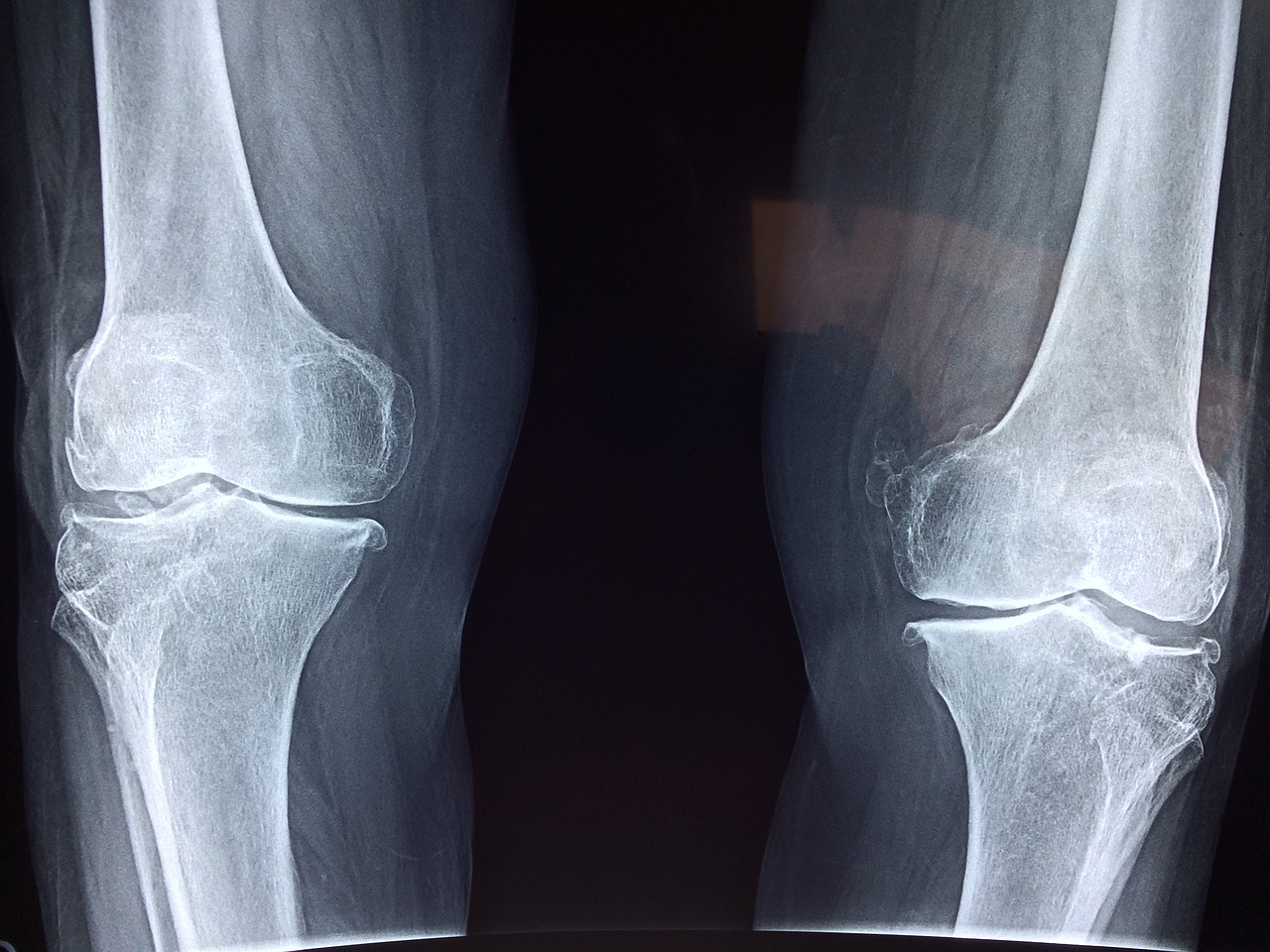Article Title:The Ceylon malaria epidemic of 1934-35: A case study in colonial medicine
Abstract:
In 1934-35 Ceylon suffered a major malaria epidemic which affected one and a half million people out of a population of five and a half million. This paper will first examine the origins and course of the epidemic but the main focus is on the measures the authorities adopted to deal with the disaster. Tn 1931 Ceylon had attained 'home rule under the Donoughmore Constitution. The epidemic was a first and major test of the efficacy of the new government. Examining the responses of the imperial government, the colonial government and the colonial medical services to this medical emergency establishes that the epidemic was a turning point in the health services of Ceylon and thus Sri Lanka, that the legacy of colonial medicine is essentially mixed and that the complexity and contradictory nature of colonial medicine can only be understood by detailed contextual research.
Keywords: Ceylon; malaria; famine; relief; imperial; Colonial Office; health services
DOI: 10.1093/shm/13.1.87
Source:SOCIAL HISTORY OF MEDICINE
Welcome to correct the error, please contact email: humanisticspider@gmail.com



